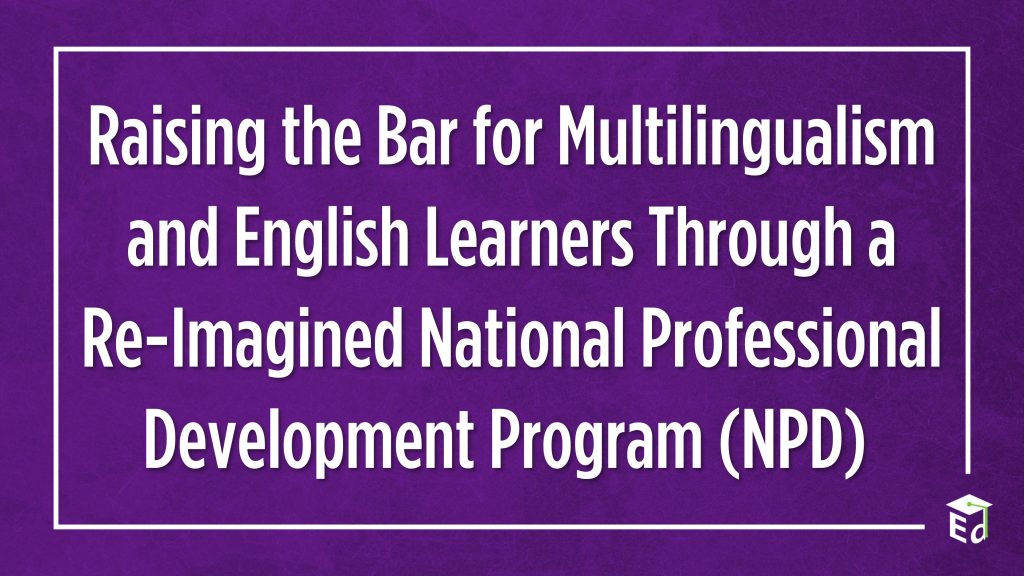It’s FAFSA Week of Action (April 15-19) and to kick off the effort the U.S. Department of Education is thrilled to announce the launch our #FAFSAFastBreak campaign, a national effort to drive FAFSA submissions among high school seniors and returning college students. Everyone has an important role to play!
We have already received nearly 200 #FAFSAFastBreak commitments from high school counselors, principals, superintendents, after-school programs, parent groups, non-profit organizations, and other local and state education organizations that have pledged to share information and host a variety of virtual and in-person events.
Hosting or attending a #FAFSAFastBreak submission event is a great way to encourage students and families to take advantage of the historic financial benefits afforded by the Better FAFSA. For example, the new and improved Better FAFSA form can unlock up to $7,395 in federal aid that a student does not need to repay to help cover the cost of college. What’s more, the Better FAFSA ensures 665,000 more students will receive Federal Pell Grants to pay for college, and more than 1.7 million more students will receive the maximum Pell Grant!
Read More








